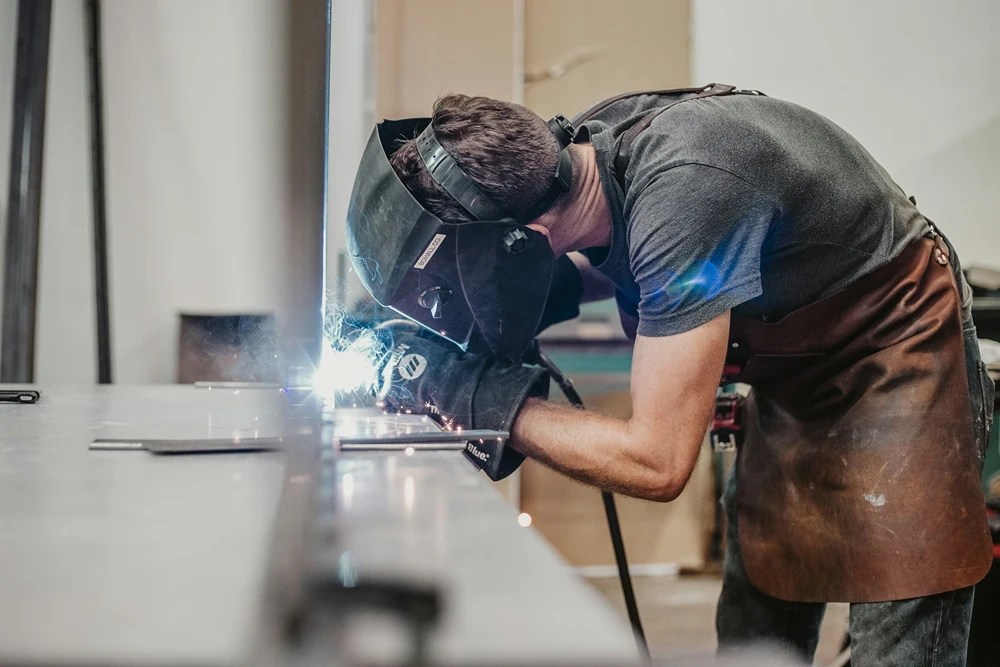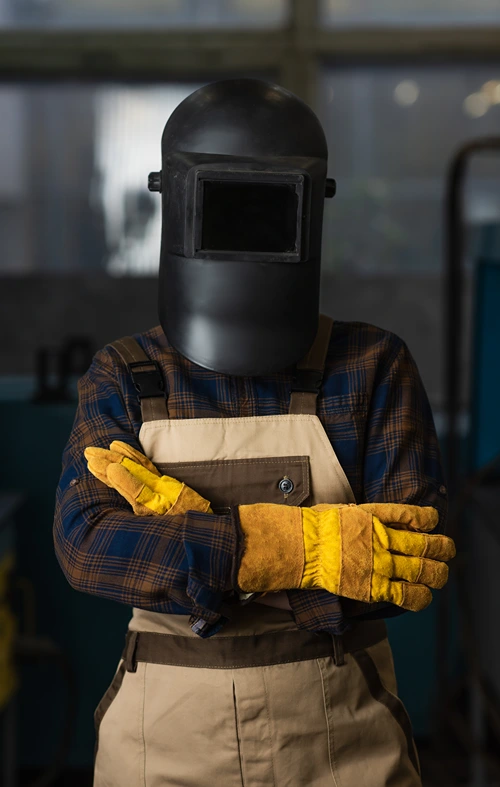How Engineering Students Can Stay Safe While Welding
Welding is an essential skill across various engineering sectors, including manufacturing, construction, and automotive projects. Mastering it can lead to strong career opportunities. As McKinsey points out, nearly 70% of all manufactured products rely on welding expertise. The competition for skilled welders between manufacturing and construction firms is intensifying due to a growing talent shortage.
For engineering students, learning welding techniques enhances practical abilities and emphasizes the importance of safety when handling powerful equipment.
Even when working with advanced machines like the Miller MIG welders, renowned for their user-friendliness, you must prioritize safety throughout your training. Here are some important welding safety tips to ensure you stay protected while refining your skills.
1. Gear Up: Protect Yourself First
As an engineering student, your first priority should be your safety. Welding exposes you to intense light, UV rays, heat, and flying sparks. Always wear the appropriate protective gear to shield yourself from these hazards. A quality welding helmet is essential for eye protection, and gloves made from heat-resistant materials like leather will help prevent burns.
Wear a long-sleeved shirt and pants that are flame-resistant, and make sure your boots are steel-toed to protect your feet from any falling debris. Don’t forget to use hearing protection, as welding can produce high noise levels that can be damaging over time.
2. Work in a Well-Ventilated Area
Welding involves extremely high temperatures that generate fumes and gases, which can be hazardous if inhaled. According to the Health and Safety Executive, exposure to metal fumes at work results in the hospitalization of 40-50 welders each year.
To minimize these risks, always ensure proper ventilation in your workspace. If working indoors, utilize an exhaust system or strategically place fans to maintain airflow and prevent the accumulation of harmful fumes.
Welding in confined or poorly ventilated spaces can lead to immediate effects such as dizziness and headaches, as well as long-term respiratory issues. Prioritizing ventilation enhances safety and promotes a healthier work environment, reducing the risk of serious health complications.
3. Inspect Your Equipment Thoroughly
Before diving into your welding project, always check your equipment to ensure everything is functioning properly. Inspect cables, connectors, and the welding machine itself. If you’re using a welder like the Miller MIG, take advantage of its user-friendly settings and features.
According to Welding Supplies from IOC, Miller MIG ensures clean welds even in challenging conditions. This makes it an ideal choice for working in rugged environments.
A thorough equipment check enhances performance and reduces the risk of accidents, ensuring a safer, more successful weld.
4. Focus on the Task at Hand
Welding demands intense concentration and precision. As an engineering student, it’s natural to feel overwhelmed, but full attention is essential when handling welding equipment. Losing focus, even for a moment, can result in poor-quality welds or, worse, serious injuries.
A recent incident at Wake Technical Community College, as reported by WRAL highlights the importance of vigilance. During an evening training session, a student suffered burns when a hot metal piece fell onto their pant leg, igniting a fire.
Thanks to the quick response of the instructors, the flames were extinguished, and the students received medical care. This serves as a stark reminder that welding safety isn’t just about technique; it’s about staying mentally engaged at all times. Take breaks when needed, but always ensure you’re fully prepared before starting any welding task.

5. Know the Environment Around You
Your work area plays a significant role in welding safety. Always keep your workspace free of flammable materials, such as paper, wood, or chemicals, which could easily catch fire from welding sparks.
If you’re working outdoors, be extra cautious of the wind, as it can carry sparks to unintended areas. A clean and controlled workspace reduces the risk of accidents and allows you to work with peace of mind.
Additionally, electrical safety is crucial in welding operations. Always inspect your welding equipment for damaged cables, exposed wires, or faulty connections before use. Ensure that your welding machine is properly grounded to prevent electric shocks and never operate it in wet or damp conditions. Using insulated gloves and dry work surfaces can further reduce the risk of electrical hazards.
6. Handle Materials Carefully
As an engineering student, you’ll frequently work with metals and other materials that become extremely hot during welding. Handling them improperly can lead to serious burns or other injuries.
Always allow materials to cool before touching them and use insulated tools when moving or adjusting hot parts. Being mindful of how you handle materials not only protects you but also prevents accidents that could disrupt your project.
To further enhance your safety knowledge, consider taking safety training courses. These courses cover essential safety practices, hazard management, and the best techniques for handling welding materials in different work environments. They help you develop the skills needed to work confidently and safely.
FAQs
What should I do if I accidentally inhale welding fumes?
If you inhale welding fumes, immediately move to a well-ventilated area or take fresh air. Seek medical attention if you experience symptoms such as dizziness, nausea, or shortness of breath. Wearing a proper respirator can help prevent this issue in the future.
What should I do if my welding machine starts malfunctioning mid-project?
If your welding machine starts malfunctioning, immediately turn it off and unplug it from the power source. Never attempt to troubleshoot electrical equipment while it’s still powered on or in use. Have a qualified professional inspect and repair the machine to ensure it operates safely and efficiently.
Can I weld in rainy or damp conditions?
Welding in wet conditions is highly dangerous due to the risk of electric shock. It is best to avoid welding outdoors in the rain or on damp surfaces. Ensure your welding area is dry and well-protected from water to prevent electrical hazards.
Overall, welding is an exciting and vital skill for engineering students, but it comes with significant safety responsibilities. By following these essential welding safety tips, you’ll ensure that your learning process remains both effective and safe.
Always prioritize safety with your equipment to build your skills without risking your health or well-being. Welding is an art and a science, and as a student, mastering both requires attention to detail, preparation, and a commitment to safe practices.




